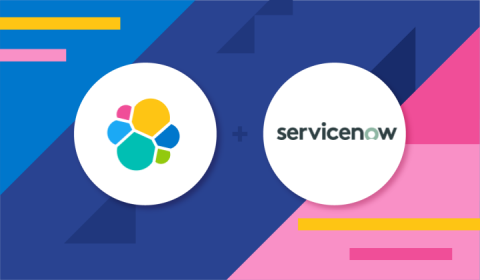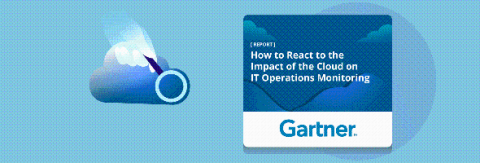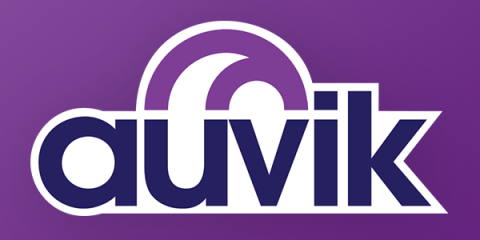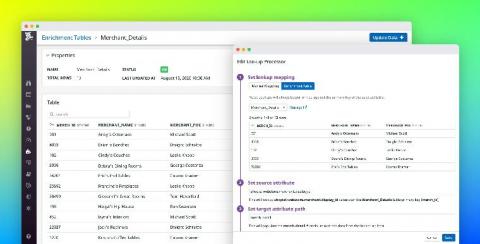A User Journey: Setting Up the Node Beeline on Lambda
Nic Wise at Tend Health recently wrote a series of blog posts exploring how they moved away from logs and metrics, toward adopting observability with Honeycomb. In that series, he shares lessons learned as they got their NodeJS app instrumented in an AWS environment making use of CloudFront, API Gateway, Lambda, and a few other services. Tend is a New Zealand-based healthcare platform launching in 2020.










